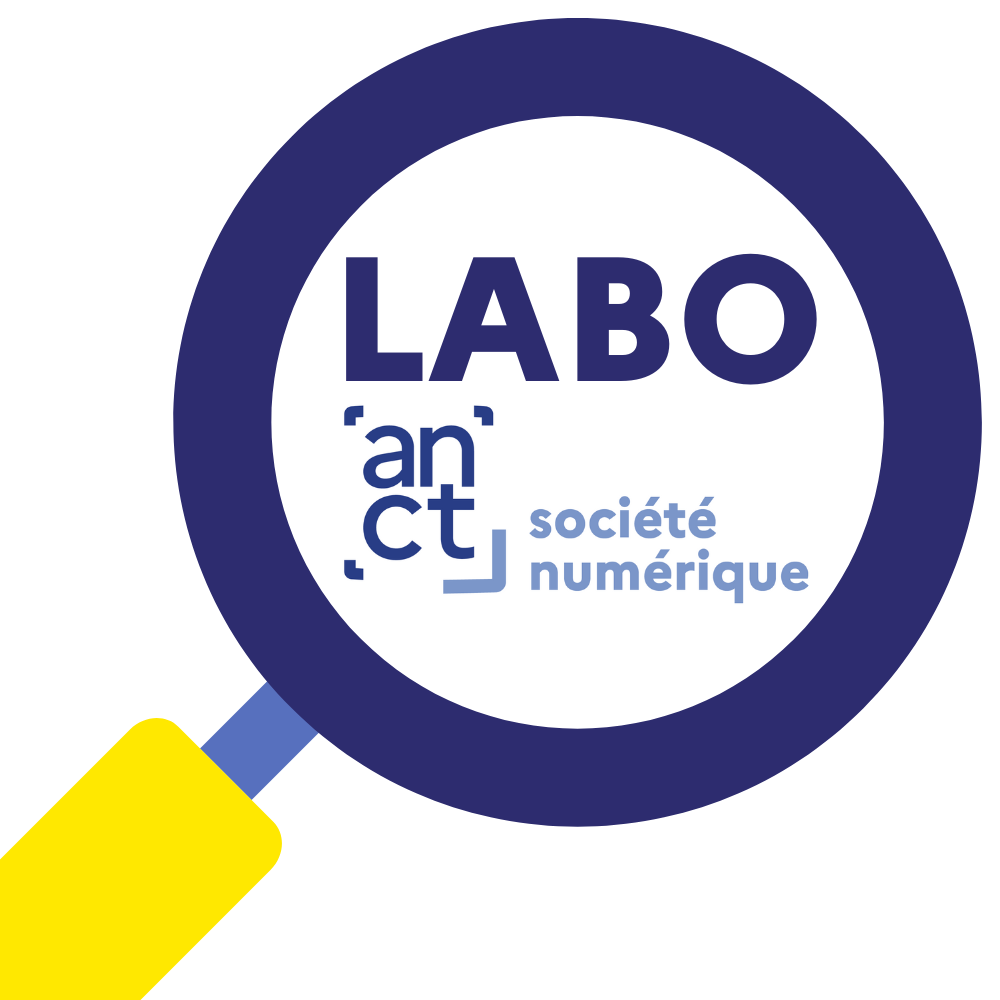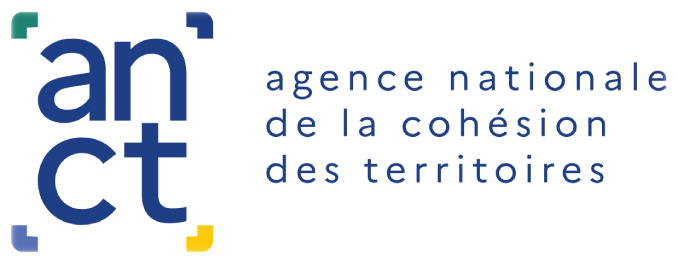One year after it was reimbursed by the Assurance Maladie, teleconsultation is gradually becoming established as a new modality for patient care: the CNAM estimates that more than 60,000 teleconsultations will be billed by September 15, 2019, throughout France.
Overall, it is general practitioners who use it the most, even though many other specialists also use it. Regarding patients, different categories use teleconsultation, especially younger patients.
56% of patients who received a teleconsultation are under the age of 40
Approximately 30,000 patients in France have received a teleconsultation since September 2018.- Two out of three teleconsultations were conducted with a woman (64%) compared to one out of three with a man.
- Regarding the age of the patients, one third of those who have benefited from a teleconsultation are under 30 years old and 56% are under 40 years old; 12% of the teleconsultations, however, concern patients aged 70 and over.
- 27% of the teleconsultations billed concerned patients with long-term illnesses (ALD).
Teleconsulting physicians are younger overall
Since reimbursement began, 1,647 private physicians or facilities have billed for teleconsultations.https://datawrapper.dwcdn.net/MrXye/1/
- 85% of teleconsultations are billed by private physicians and 8% by health centers.
- General practitioners practice teleconsultation the most, with 65% of procedures, while specialists account for 35% of procedures billed. Among the latter, a teleconsultation is billed 1 time out of 7 by a psychiatrist, 1 time out of 12 by a gynecologist and 5% by a pediatrician.
- Teleconsultations are billed 62% by men and 38% by women, consistent with the proportion of male and female physicians currently in practice.
- Teleconsulting physicians are younger overall; half of them are under 50 years of age, whereas this age group constitutes only 37% of the total number of private general practitioners.
- On the other hand, doctors over 60 years old use teleconsultation proportionally less than their colleagues: more than one out of three liberal doctors is over 60 years old but they are at the origin of only 15% of teleconsultations.
Ile de France concentrates 44% of teleconsultations
The use of this new mode of consultation is unevenly distributed throughout the country.The Ile-de-France region is the region with the highest number of teleconsultations, accounting for 44% of all teleconsultations (15% in Paris, 8% in Val-de-Marne, 6% in Yvelines and Hauts-de-Seine).
According to the CNAM, " teleconsultation should become more widespread in the months and years to come: the rate of equipment will increase, teleconsultation will become easier to accept for all types of patients, and the ways in which doctors are organized will continue to evolve towards more grouped practice (health centers, professional territorial health communities, etc.), which will make it possible to divide the financial burden of equipment. Few doctors are still equipped with the necessary equipment for teleconsultation. To help them, the Assurance Maladie can finance part of it.
Remote consultations: a practice that is developing without necessarily meeting the conditions for coverage by the health insurance system
The barometer on the use of medical teleconsultation in France (conducted by B3TSI and Egora) provides additional insight. This Barometer is based on a paid panel, Chronic Panel, composed of people who "agree to participate punctually or regularly in online surveys in the field of Health".12% of the panelists declared to have teleconsulted during the last twelve months (including 3% several times).- In 80% of cases, the teleconsultations performed did not meet the conditions for coverage by the health insurance.
- While 7 out of 10 teleconsultations were indeed carried out with the attending physician (54%) or with a physician recommended by the latter (16%), only 30% were carried out by video. To be reimbursed by the Health Insurance, teleconsultation must be "compulsorily carried out by videotransmission", as specified in theendorsement 6 medical convention signed in 2016 by the CNAM and three representative unions of liberal doctors.
- In 48% of the cases, the patients declare that they have resorted to a remote consultation because of delays in obtaining an appointment and in 41% of the cases, because of pain.
A new practice for access to care
Teleconsultation is a medical consultation. Its particularity: the doctor is not physically present with the patient who consults him/her but hears and sees him/her via videoconference. The patient can sometimes be accompanied by a health professional (nurse, pharmacist, etc.).Any physician can offer a teleconsultation to his patient under the following conditions:
The patient must know the physician and have had a physical appointment with him/her in the 12 months preceding the teleconsultation;
He must also respect the health care pathway and consult his attending physician first;
If necessary, the doctor will refer the patient to (another) specialist.
Only in the following cases can the care pathway not be followed:
- Consultation of certain specialists (gynecology, ophthalmology, stomatology, oral or maxillofacial surgery, psychiatry or neuropsychiatry and pediatrics) ;
- Patient under 16 years of age;
- Emergency;
- If the patient does not have an attending physician or if the appointment is not made within a timeframe that is compatible with the patient's state of health, he or she must contact what is called a "coordinated territorial organization". The contact details of these organizations (contact, intervention zone, etc.) are published by the primary health insurance funds on ameli.fr. They also display this list in their reception areas to facilitate patient orientation. The contact information for the structures is also available from the Mutualité sociale agricole, the Ministry of Solidarity and Health, the regional health agencies (ARS), local health professionals and the departmental and regional councils of the Ordre des médecins.
Références :





